Tattoos have been around for centuries, and they continue to be a popular form of body art. Whether you’re looking to get your first tattoo or just curious about the process, it’s important to understand how a tattoo gun works before committing to any ink. In this article, we’ll answer questions like “How does a tattoo gun work?” and provide useful tips on how to make the most of your tattoo experience. Read on to learn more about this fascinating art form!
What Are Tattoo Guns?
A tattoo gun is a tool used by a professional tattoo artist to apply tattoos. It consists of three main components: a motor, a needle, and an ink reservoir. The motor powers the needle which punctures the skin and injects ink into it. The process is generally quite fast, with most tattoos taking only minutes to complete. [3]
Different Types Of Tattoo Guns
Rotary Tattoo Gun
Coil Tattoo Gun
Another popular type of tattoo gun is the coil machine. This uses a pair of coils that create an electromagnetic field to move the needle up and down rapidly. It produces heavier, thicker lines than a rotary tattoo gun because it moves faster and vibrates more intensely. These guns are usually used for outlining and creating vibrant colors in tattoos. [1]
Pneumatic Tattoo Gun
The third type of tattoo gun is the pneumatic machine, which uses a piston powered by compressed air to move the needle. It’s quieter than the coil and rotary guns, and it produces less vibration, making it ideal for aspects of tattooing that require precision such as fine lines or small details. Pneumatic guns are also more lightweight and portable than the other two types, making them a great option for mobile tattoo work. [1]

No matter which type of tattoo gun you choose, it’s important to understand how they work and maintain them properly.
The Components Of A Tattoo Machine
Tubes And Needles
The most common components of a tattoo machine are the tubes and needles. The needle is placed into the tube and serves as a tip to inject ink into the skin. Tattoo machines come in various sizes, but they all have similar parts such as motors, coils, armature bars, and springs.
To understand how a tattoo gun works, it is important to know the parts and how they fit together. The motor powers the machine, while the coils convert electrical energy into mechanical energy. This allows for movement of the armature bar, which in turn moves the needle up and down rapidly. [3]
Understanding Needles
The needles used in tattoo machines are difficult to understand, but they are vital to the process. The size of the needle is determined by the thickness of the line being drawn and the desired effect. Most commonly, professional artists will use a standard liner or shader needle group that consists of needles of different sizes and shapes.
Needles come in various sizes and shapes, including round and flat (also known as mag). Different needle groups can be used depending on the type of tattoo being done. Round needles are typically used for line work while flat needles are used for shading. [3]
The Ink
The next step in understanding how a tattoo gun works are learning about ink. Tattoo ink comes in different colors and formulas, and it is important to select the right type for the desired effect. Ink should be of high quality and properly cared for at all times. [3]
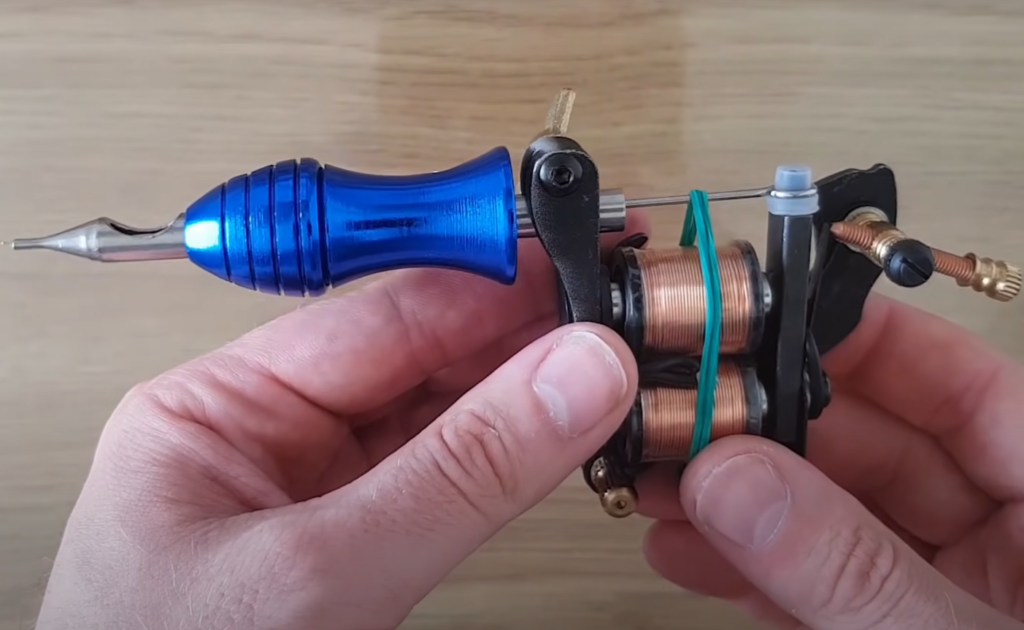
Evolution Of Tattoo Guns
Tattoo guns have been around for centuries, but the modern tattoo gun in use today has gone through many changes and evolutions. Beginning in the late 1800s, early tattooists began using handheld electric devices to create tattoos. The original electric machines were powered by a single coil and used a process of puncturing the skin with an attached needle that was moved in and out rapidly.
In the 1950s, a new type of tattoo machine emerged, known as the rotary gun. This device allowed for more precise control over ink depth and made it possible to create much finer lines than what could be achieved with single-coil machines. The rotary gun also increased speed and efficiency, making it the preferred choice of many artists.
Today’s modern tattoo guns are much more advanced than the original machines and come in multiple styles. A typical gun will have a motor with two coils that vibrate a bar that drives the needles up and down into the skin. Depending on their size, some guns may contain more than two coils, which can provide more power and precision. [1]
Tattoo Machines — Liners Vs. Shaders
When it comes to tattoo guns, there are two main types: liners and shaders. Liners create the outline of your tattoo by pushing the ink into the skin with a single needle. Shaders add color and shading to the design by running several needles at once in a circular motion. Tattoo guns come in different shapes and sizes, but all of them have the same basic components.
At the end of a tattoo gun is a needle bar that holds one or several needles. The device’s motor then powers this bar up and down in order to puncture the skin with ink. This movement creates vibration, which keeps the needles from breaking as they puncture the skin.
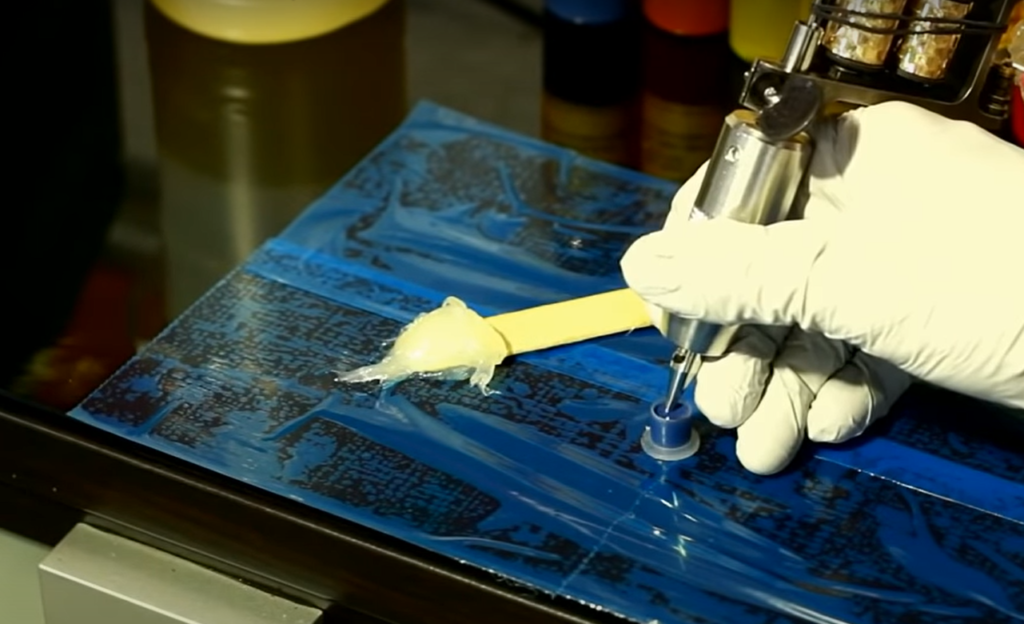
The back of a tattoo gun is its power source, typically either a battery or an electrical cord. This part of the device controls the speed and pressure of the needles as they puncture the skin. Professional tattoos are usually done at around 10,000 revolutions per minute (RPM). The higher the RPM, the finer the needle details will be.
In addition to these components, tattoo guns also contain a tube and grip that are connected to the motor. The tube holds the ink, which is then pushed into the skin by the needles as they move up and down in response to the gun’s power source. Finally, there is a foot pedal, which the artist uses to control the speed and pressure of the needles. [2]
Tattoo Machines Are Intricate
Tattoo machines are intricate pieces of technology, made up of many individual components that work together to create a piece of art. Every artist may have their own preferences when it comes to machines and parts, but the basics remain the same across all types.
The needles are grouped together in “groups of three,” which vary in size and shape depending on the artist’s preference. The three-needle grouping helps create a consistent, smooth line for tattooing. [2]
Benefits Of Compressed Air For Pneumatic Tattoo Machines
Lightweight
When it comes to tattooing, portability is essential. The last thing you want is a bulky machine that takes forever to move around and set up. With a pneumatic tattoo machine, you can easily carry it with you wherever you need it thanks to its lightweight design. And as far as setup goes, all you have to do is attach the air hose and you’re ready to go! [1]
Easy To Clean
Cleaning your tattoo gun is incredibly important for keeping it in good condition and providing clean tattoos. Thankfully, with a pneumatic machine, the cleaning process is much simpler since there are fewer moving parts to worry about. All you really need to do is wipe down the frame and needle head after each use, as well as periodically change out the air filters to ensure you’re getting clean, filtered air. [1]
Low Noise
Many tattoo guns can be quite loud, making it difficult to concentrate while you’re inking. This isn’t the case with pneumatic machines. These are designed to use compressed air rather than electricity and therefore make much less noise compared to electric-powered models. So if you find yourself having trouble concentrating due to noise, then a pneumatic tattoo machine is definitely the way to go. [1]
Quick Setup And Teardown
Another great thing about pneumatic tattoo machines is that you can get them set up and ready to go in just a few minutes. All you have to do is attach the air hose and make sure it’s securely connected, and then you’re all good to start inking. When it comes time to pack up, all it takes is a few minutes to disconnect the air hose and you’re ready to go. [1]
Take Your Craft On The Go
For many professional tattoo artists, having the ability to take their craft on the go is essential. Thanks to their lightweight and portable design, pneumatic tattoo machines make it easy to travel with your equipment. And since most models don’t require any electricity, you can easily set up shop wherever you want without having to worry about finding an outlet. [1]
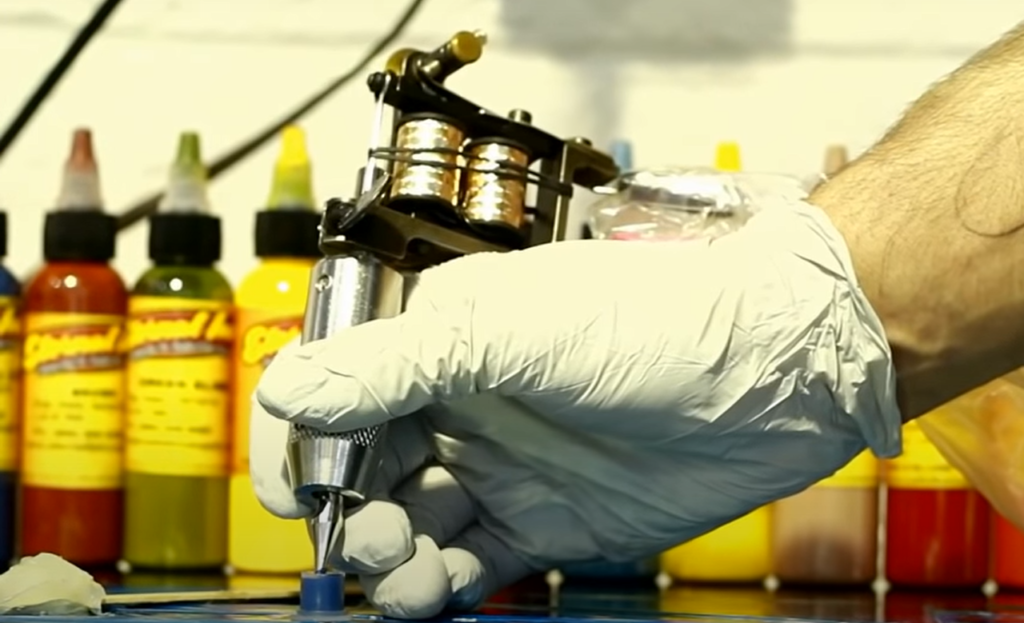
Explore Quincy Compressor Air Compressors
Quincy Compressor Air Compressors are the perfect choice for your tattooing needs. These compressors provide power and durability to help you get the job done right. With a variety of models available, Quincy Compressor has something to fit every budget, from beginner to professional artists.
Each Quincy Compressor model is designed to be quiet, reliable, and durable. With a wide range of features such as a digital display, easy-to-read pressure gauges, and adjustable air volume control, you can always find the perfect air compressor for your tattoo needs. [1]
Choosing A Machine For Your Style
Once you understand the basics of how a tattoo gun works, the next step is to choose one that matches your needs and style. There are several different types of machines available for different styles of tattooing:
- Rotary machines are the most commonly used type in the industry today. They are powered by a motor and use an armature bar to control needle depth and pressure. They are good for outlining, shading, and color packing as well as larger pieces;
- Coil machines are the traditional type of machine used in the industry. They use electromagnetic coils to move a piston up and down which controls the needle stroke length. These machines work well for bold black designs or large pieces and are best used for lining;
- Pneumatic machines use compressed air instead of electricity, making them quieter than other types. They offer more precise control over the needles than rotary or coil machines. Pneumatic machines are most commonly used for large-scale tattoos, cover-ups, and realistic work [3];
FAQ
How does a tattoo gun pick up ink?
A tattoo gun picks up ink by using a group of needles that are connected to a tube. The needles vibrate up and down at the same time, creating a vacuum effect that pulls the ink from its container into the needle. The needle then pushes this ink through the tube and into your skin. This process is called ‘pigment implantation’.
How painful is a tattoo gun?
The experience of getting a tattoo with a tattoo gun can vary from person to person. Generally, it is not particularly painful but there may be some discomfort depending on the design and size of your tattoo. It is often described as similar to having an elastic band snapped against the skin.
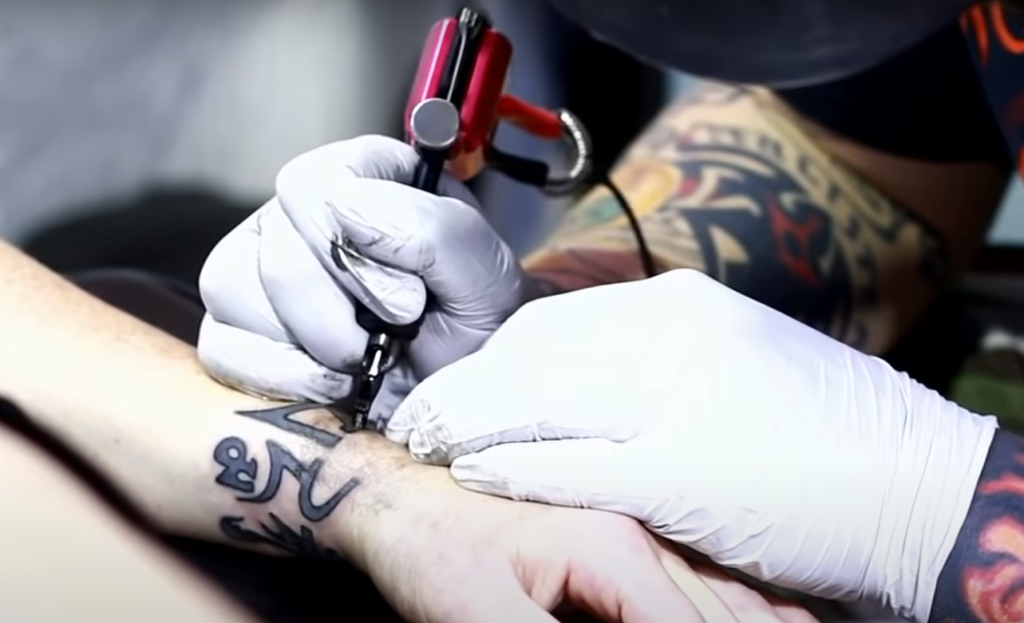
How many times does a tattoo needle go in per second?
The speed of a tattoo gun can vary depending on the artist and the type of design being done. A typical tattoo needle will go in between 70 to 150 times per second, though some may go even faster or slower.
How deep do tattoo needles go?
Tattoo needles typically go between 0.3 and 1 millimeter into the skin. This depth depends on the type of needle and the design being done, as some designs may require deeper penetration than others.
Can a tattoo needle hit a vein?
It is possible for a tattoo needle to hit a vein, though this is not very likely. If it does happen, there may be some bleeding and in some cases, the ink could get into the bloodstream. This is why it’s important to make sure you are going to a qualified tattoo artist who knows how to properly use their equipment.
Do you tattoo at an angle?
Yes, when tattooing you should always use an angle. This helps ensure the needles penetrate the skin at a consistent depth and that your design is even. The angle that you use may also depend on the type of needle being used as some are better suited for certain angles.
Do you push or pull when tattooing?
When tattooing, the movement should be a combination of pushing and pulling. The needles should be pushed into the skin to create an even flow of ink and then pulled back out. This helps ensure that the design is symmetrical and that it will last for years to come.
How deep do you push to get a tattoo?
When getting a tattoo, the needles should penetrate the skin to a depth of 0.3 to 1 millimeter. This is deep enough for the ink to set, but not so deep that it will cause any serious damage or scarring. It’s important to have your tattoo artist adjust the needle depth accordingly depending on your design and the type of needle being used.
What voltage do you tattoo on?
The voltage used when tattooing can vary depending on the type of design and the size. Generally, a voltage of between 3 and 5 volts is used for smaller tattoos, while 8 to 12 volts is used for larger designs. It’s important to use the correct voltage as too high of a voltage can cause excessive bleeding, scarring, and pain.
Useful Video: How Does a Tattoo Gun Work? | Tattoos
Conclusion
A tattoo gun is a time-honored tool that can help any artist create masterpieces. With the right knowledge and understanding of its features, your work will be appreciated by everyone. Regardless of whether you’re a beginner or an expert, it’s important to remember safety precautions when using a tattoo gun. Not only will this help ensure the best results, but it will also safeguard your health. We hope this article has been helpful in demystifying tattoo guns and providing some insight into how they work and why they’re so important to the industry of body art. Thanks for reading!
References:
- https://www.quincycompressor.com/how-tattoo-machines-work/#
- https://authoritytattoo.com/how-do-tattoo-machines-work/
- https://www.floridatattooacademy.com/the-anatomy-of-a-tattoo-machine/


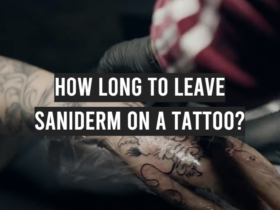
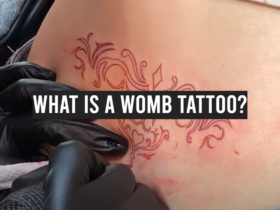
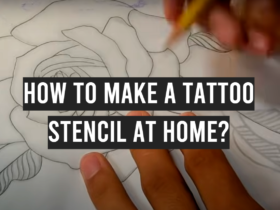
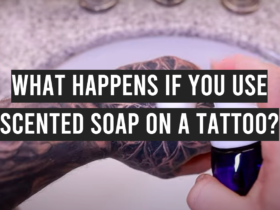
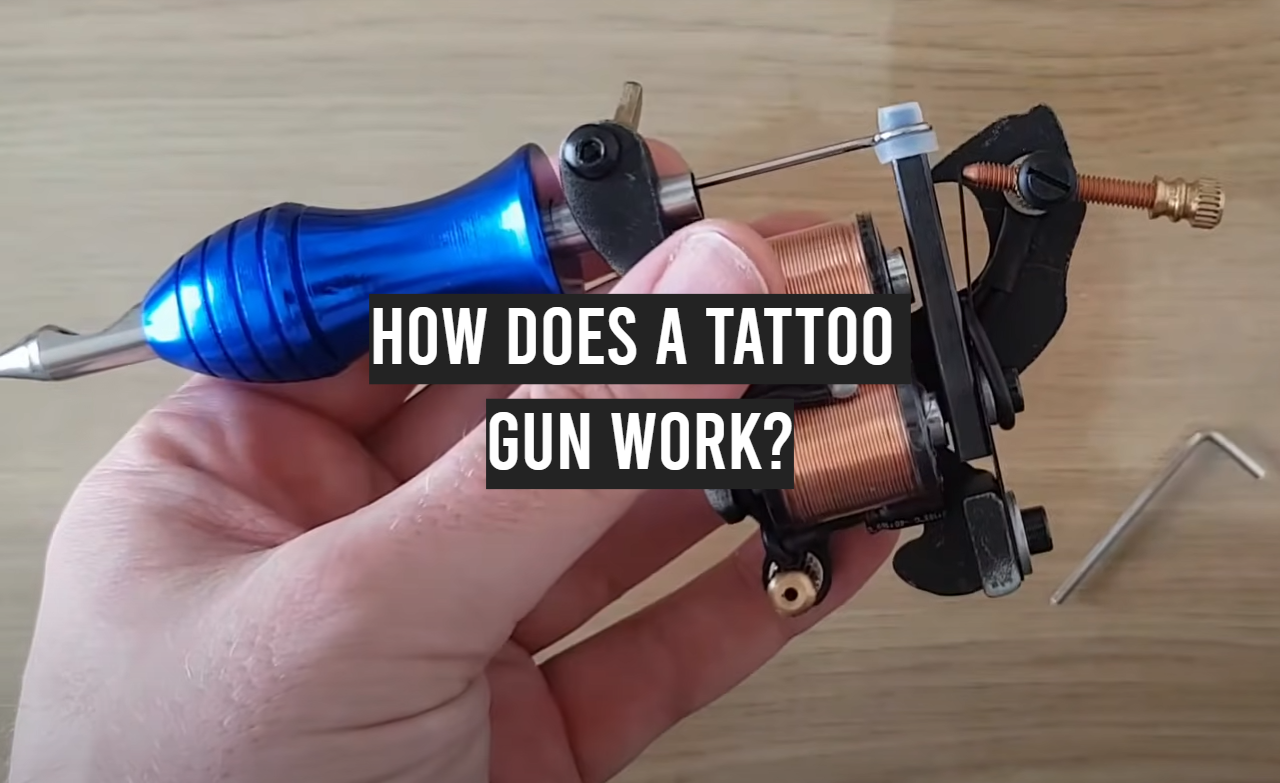
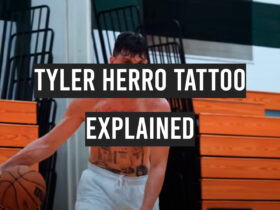
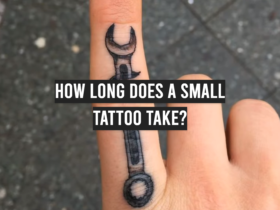
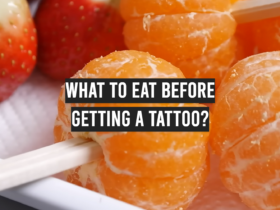
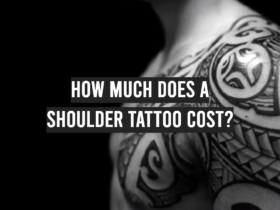
Leave a Review